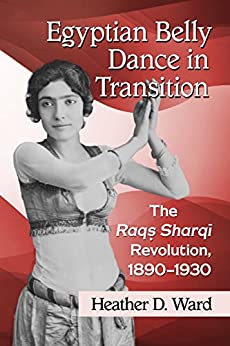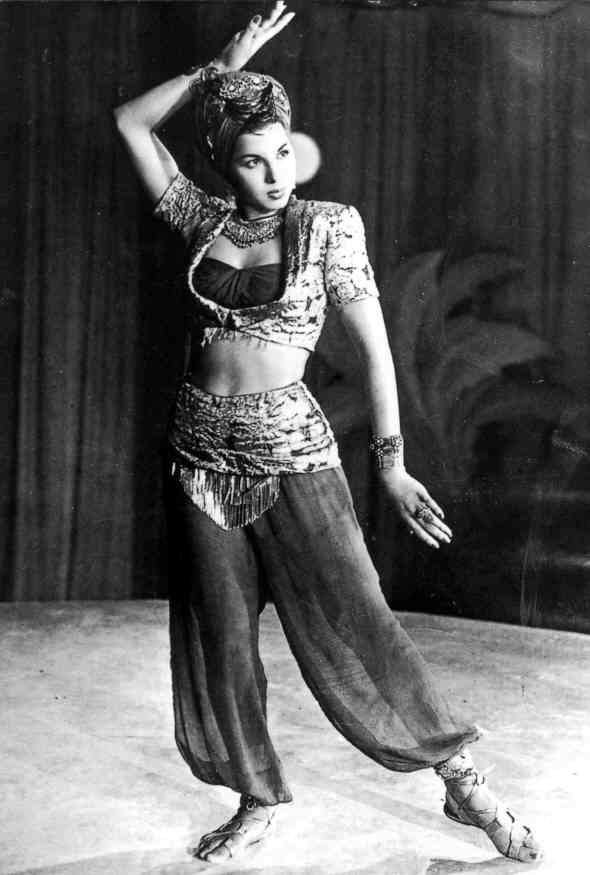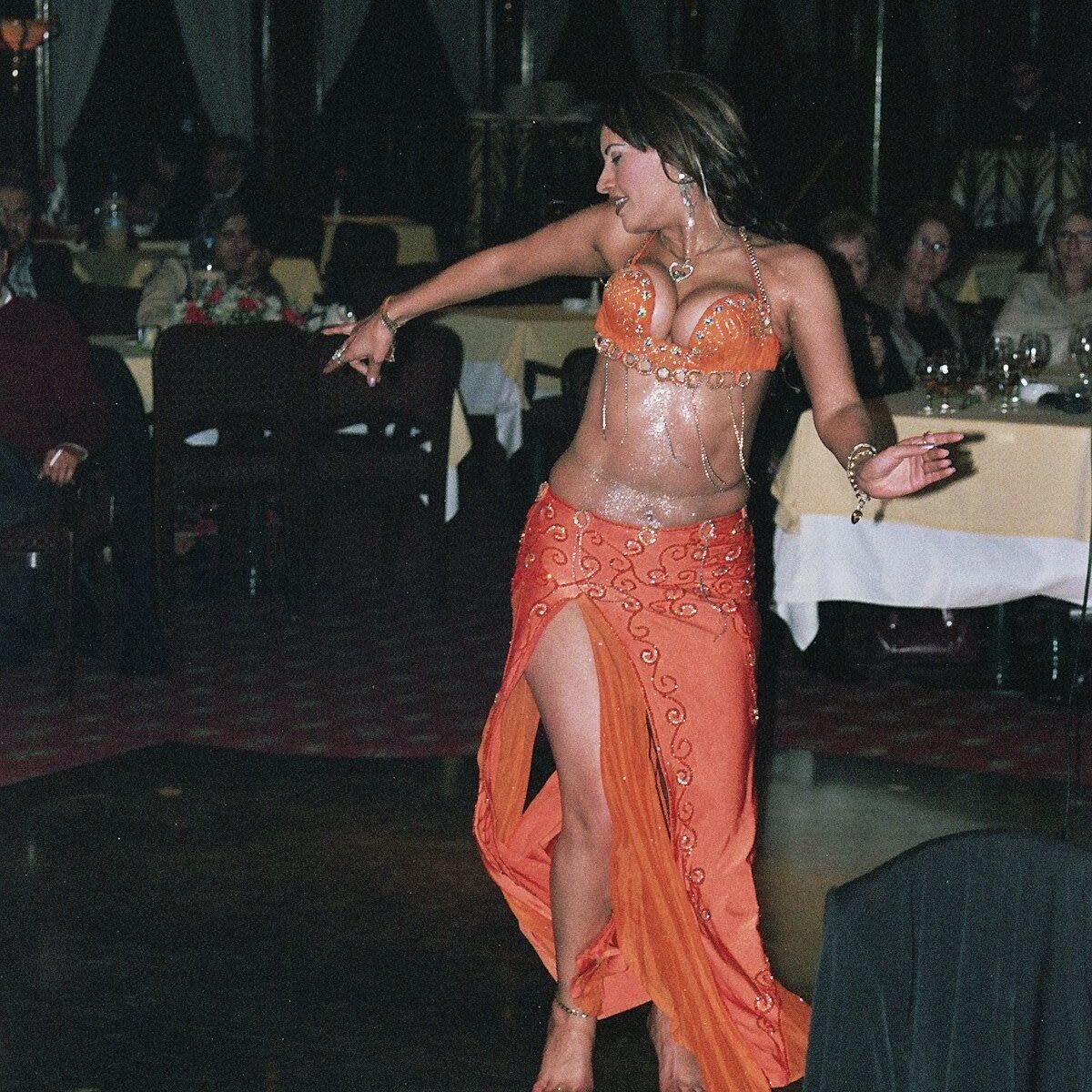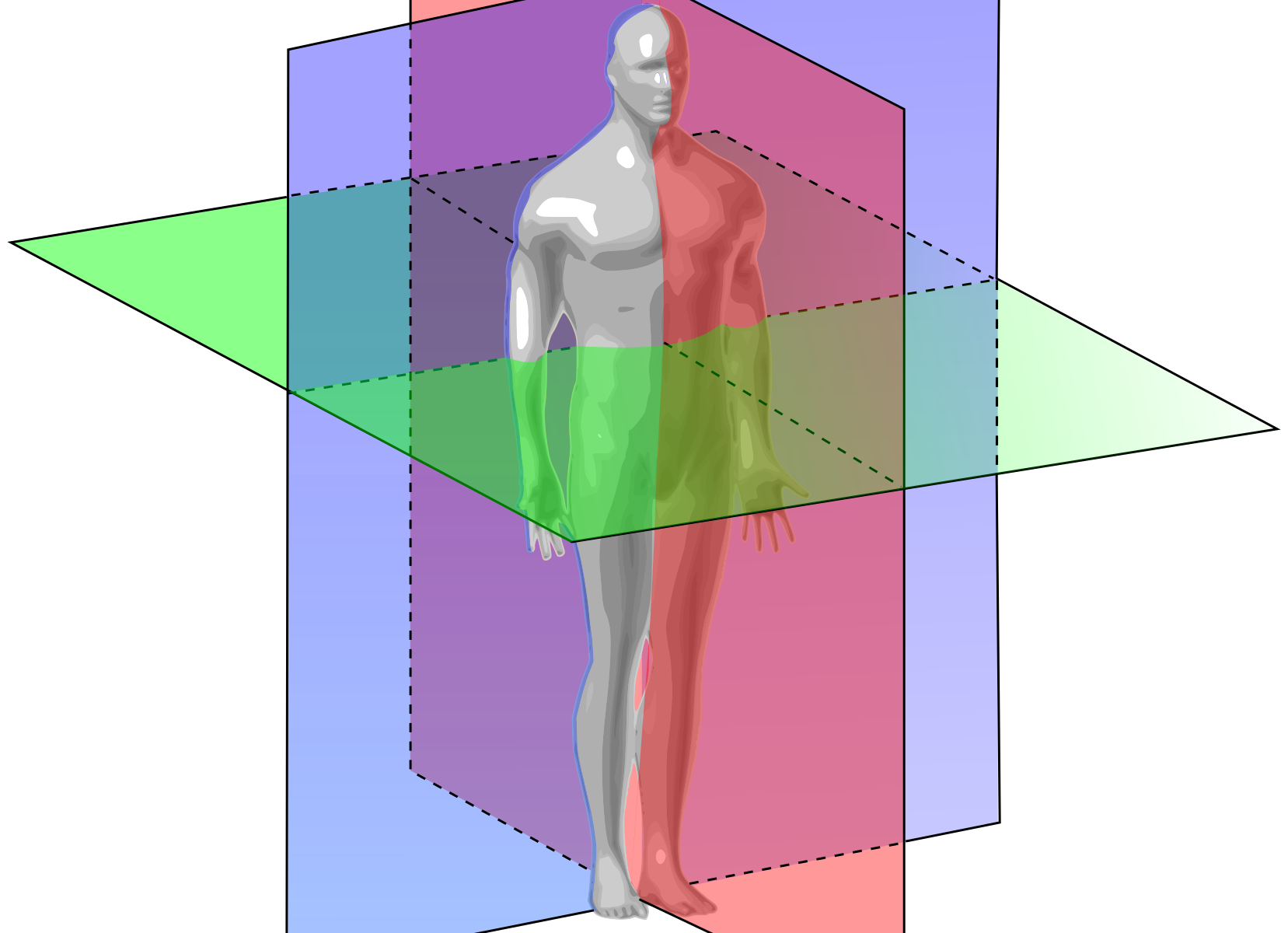The Origins of Belly Dance: A Review of ‘Egyptian Belly Dance in Transition’ by Heather Ward
In this post I review Egyptian Belly Dance in Transition: The Raqs Sharqi Revolution, 1890-1930 by Heather Ward. I recommend it to any belly dance enthusiast who is interested in learning about the roots of belly dance. This post will give you an overview of how belly dance came to be 'belly dance'. I hope it will whet your appetite for reading the full book!




